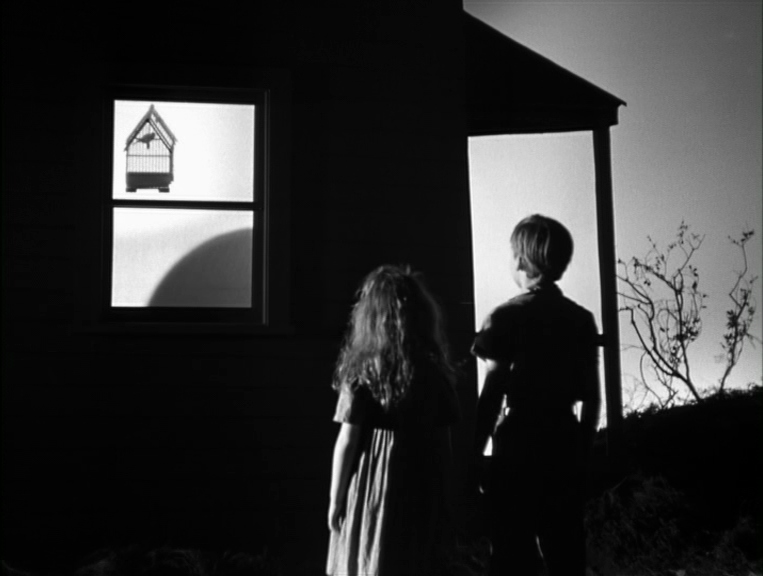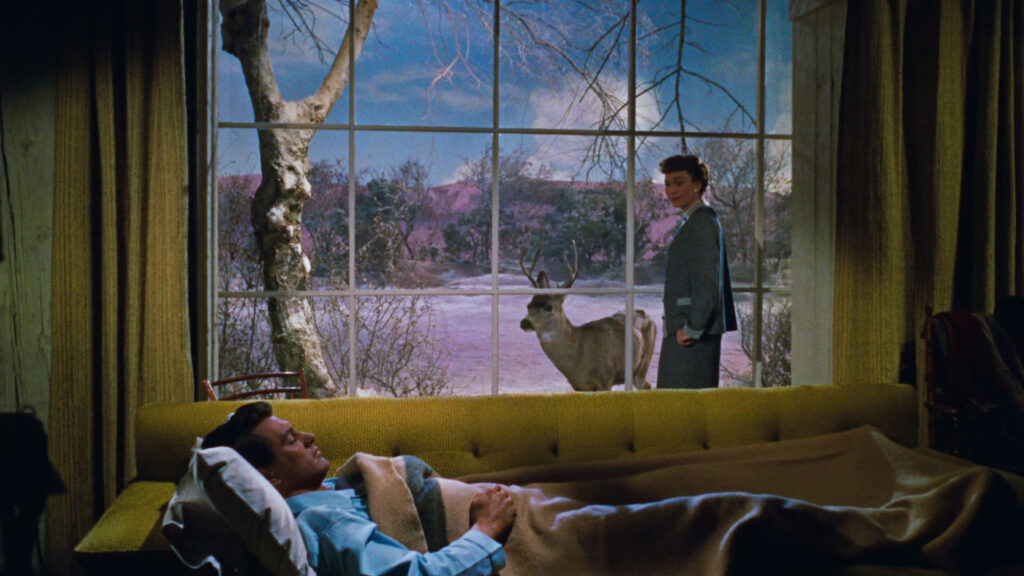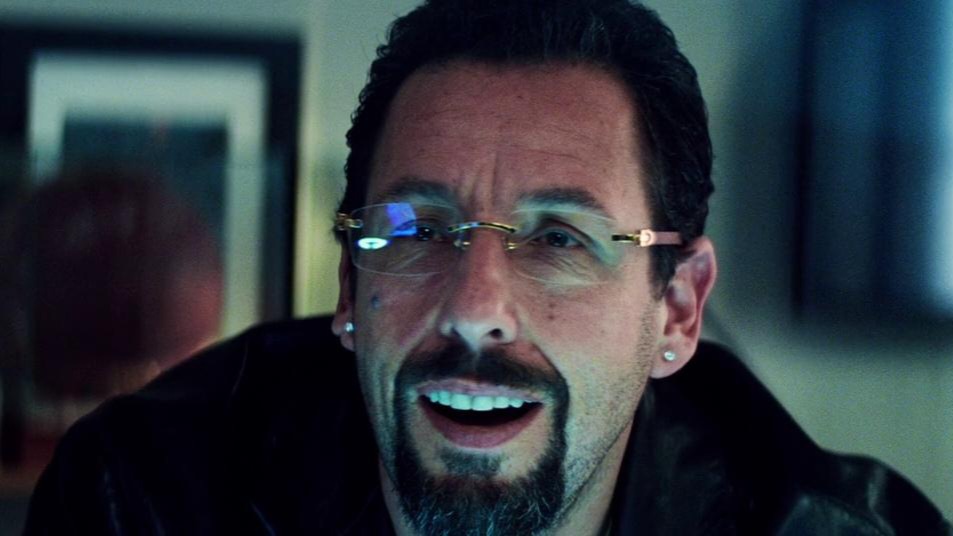“The Night of the Hunter” (1955) is a film that has transcended its era, offering a timeless exploration of visual storytelling. Directed by Charles Laughton, it remains his only directorial effort, yet it is a darling in the world of cinema. The film is celebrated for its unique and influential cinematography, which should be analyzed in film schools worldwide. This exploration will delve into the reasons why this film’s cinematography is an essential study in cinematic education.
Expressionistic Influence
The cinematography of “The Night of the Hunter” is heavily influenced by German Expressionism, a movement characterized by exaggerated and distorted visuals to evoke emotional responses. Cinematographer Stanley Cortez, who worked on this film, masterfully employs stark contrasts, shadow play, and surreal compositions to create a haunting atmosphere. This expressionistic influence provides a rich area of study for film students, as it demonstrates how visual techniques can enhance narrative and mood.
Use of Light and Shadow
One of the most striking features of the film is its use of light and shadow. The stark black-and-white imagery is not merely a product of its time but a deliberate artistic choice. The interplay of light and darkness is used to symbolize the eternal battle between good and evil. For instance, the menacing silhouette of Reverend Harry Powell, played by Robert Mitchum, is often cast against soft, innocent backgrounds, symbolizing his predatory nature. Film students can learn how light and shadow can be powerful narrative tools, conveying themes and emotions without dialogue.
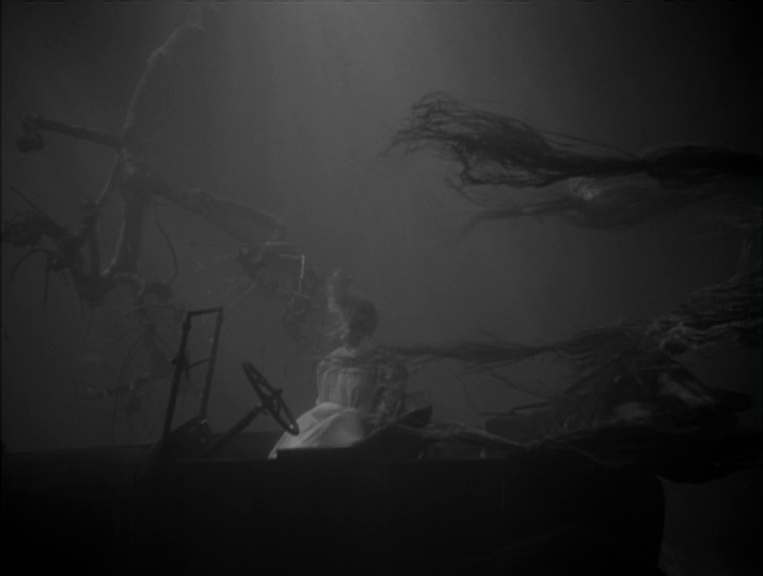
Innovative Composition
Laughton and Cortez employ innovative framing and composition techniques that challenge conventional storytelling. The use of deep focus shots and unconventional camera angles creates a sense of unease and tension. One notable scene is the underwater sequence, where the ethereal, dreamlike quality of the submerged body becomes a macabre yet beautiful image. These compositions teach aspiring filmmakers about pushing boundaries and experimenting with visual storytelling.
Symbolism and Imagery
The film is rich with symbolism and imagery that adds layers to its storytelling. The recurring motif of the “LOVE” and “HATE” tattoos on Powell’s knuckles is visually explored through close-ups and dramatic angles, emphasizing the duality of human nature. This symbolic use of imagery is a crucial lesson for film students, illustrating how visual elements can reinforce and deepen thematic content.
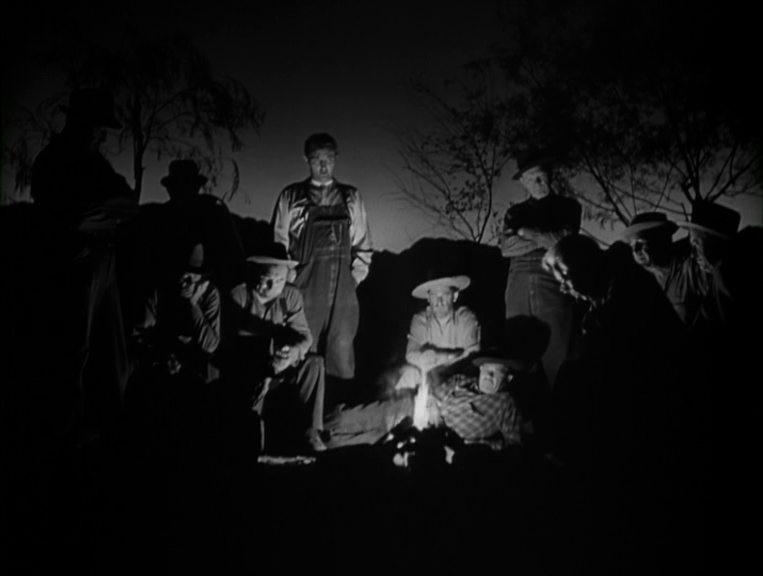
Impact on Future Filmmakers
“The Night of the Hunter” has influenced numerous filmmakers, such as Martin Scorsese, David Lynch, and the Coen Brothers, who have cited its visual style as an inspiration. By studying this film, students can trace its impact on modern cinema and understand how cinematographic techniques have evolved while still paying homage to the past.
Conclusion
The cinematography in “The Night of the Hunter” is rich in visual flair that offers invaluable lessons for film students. Its expressionistic influence, use of light and shadow, innovative composition, and symbolic imagery make it a quintessential study in cinematic technique. Even though I’m not a fan every aspect of the film, the cinematography is one of the finest examples you’ll find in the history of film.

